8 Cool Air-Cooled Cars That Aren’t Porsches Or Volkswagens
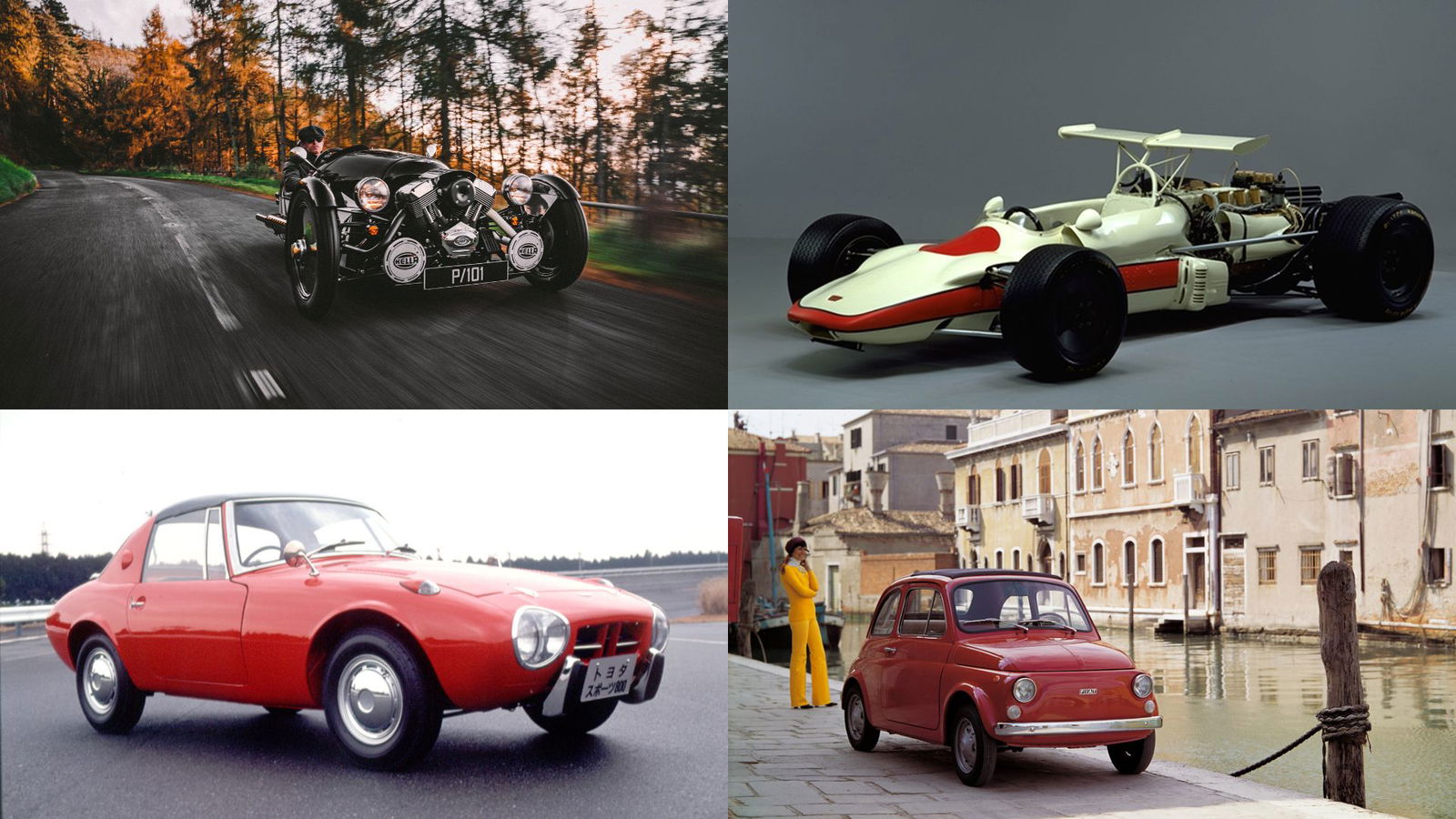
Air-cooled engines: they’re pretty self-explanatory. They simply use the flow of air over the engine in order to keep it cool, instead of relying on complicated liquid cooling systems. Though generally noisier and rougher than liquid-cooled equivalents, they’re far more simple and have a charm and character all of their own.
The air-cooled car was once a common sight across the world, especially in simple, affordable, often rear-engined cars. Gradually, though as liquid cooling became more commonplace, they started to die out. Now, the only companies that really spring to mind when people think of air-cooled cars are Volkswagen, with its many, many variations of the basic Beetle platform, and Porsche, which steadfastly stood by air cooling for the 911 right up until the 996 generation was introduced in 1997.
The fact is, though, there were lots of other fascinating, exciting and clever cars to utilise air-cooling over the years. Here are eight of our favourites.
Fiat 500
Could we start anywhere other than Italy’s own people’s car, its sunny riposte to the Volkswagen Beetle, Citroen 2CV and Mini? Introduced in 1957 to get a growing, industrialising Italy on the move, the original Fiat 500 is the work of brilliant designer and engineer Dante Giacosa.
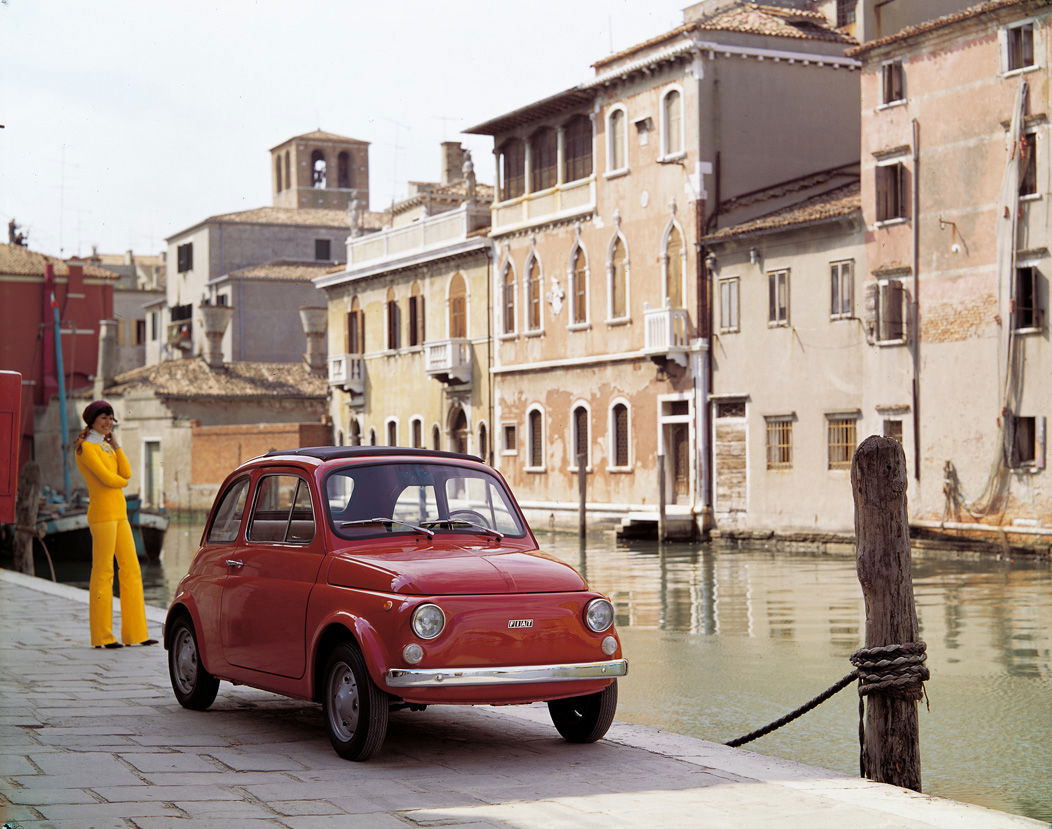
The genius of Giacosa’s design is that, like all the best small, cheap cars, there’s not one superfluous, non-functional element, but the resulting product is still delightfully charming to look at. It’s a visual byword for la dolce vita. The engine was a rear-mounted inline-two that grew from 479 to 594cc during the 500’s life.
With even the high-performance Abarth 695 SS developing just 38bhp, it’s never exactly been a car for speed freaks, but the joy of the old 500 comes in its diminutive size, tiny mass and an unbelievable amount of character.
Morgan 3 Wheeler
Even though it’s a throwback to some of the company’s earliest cars, the Morgan 3 Wheeler is comfortably the newest car on this list. In fact, it’s the newest air-cooled car full stop by some years, in production from 2012 to 2021. The engine is a 2.0-litre V-twin made by American company S&S, which builds similar engines for motorbikes, and it sits quite literally outside the car, right on the very front.
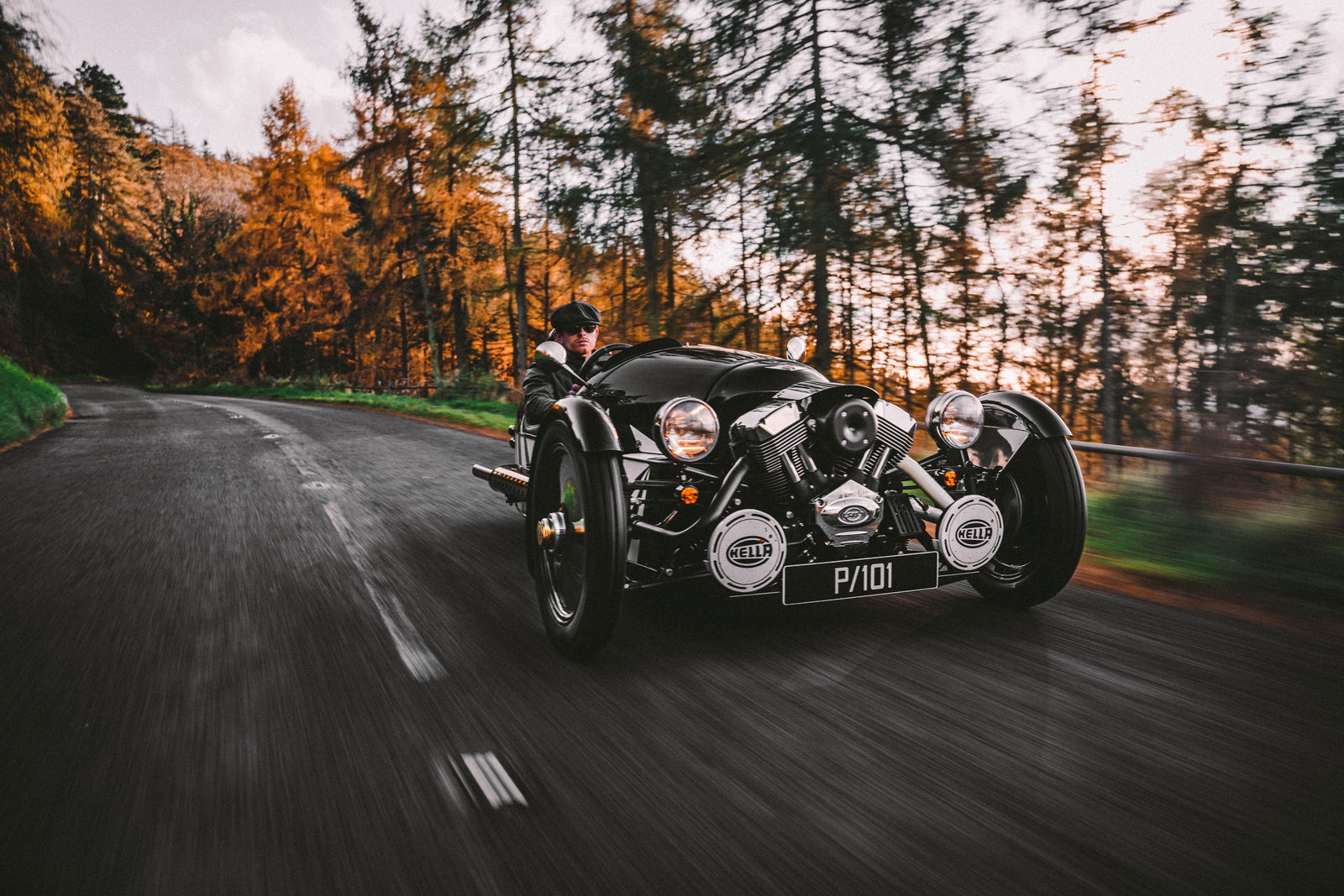
It only makes 80bhp, but the car only weighs 525kg, and sends all that power through the single skinny rear wheel via the brilliant five-speed manual from an NC Mazda MX-5. Sitting low in a car with no doors, roof or windscreen, with that big V-twin thumping away in front of you, is one of the most joyously engaging automotive experiences.
The concept of the three-wheeled Morgan lives on in the equally fun Super 3, but emissions regulations mean it’s had to ditch the air-cooled twin in favour of a water-cooled Ford three-cylinder.
Chevrolet Corvair Monza
Unfortunately for the Chevrolet Corvair, its reputation precedes it. Its rear-mounted engine and, on early cars, swing-axle rear suspension, supposedly gave it some handling characteristics that a lot of American buyers used to big, front-engined land yachts weren’t used to. It ended up the subject of a book, Unsafe At Any Speed, that tarnished its reputation for years to come, even though subsequent tests and studies have shown that the Corvair was no more unsafe than plenty of other contemporary cars.
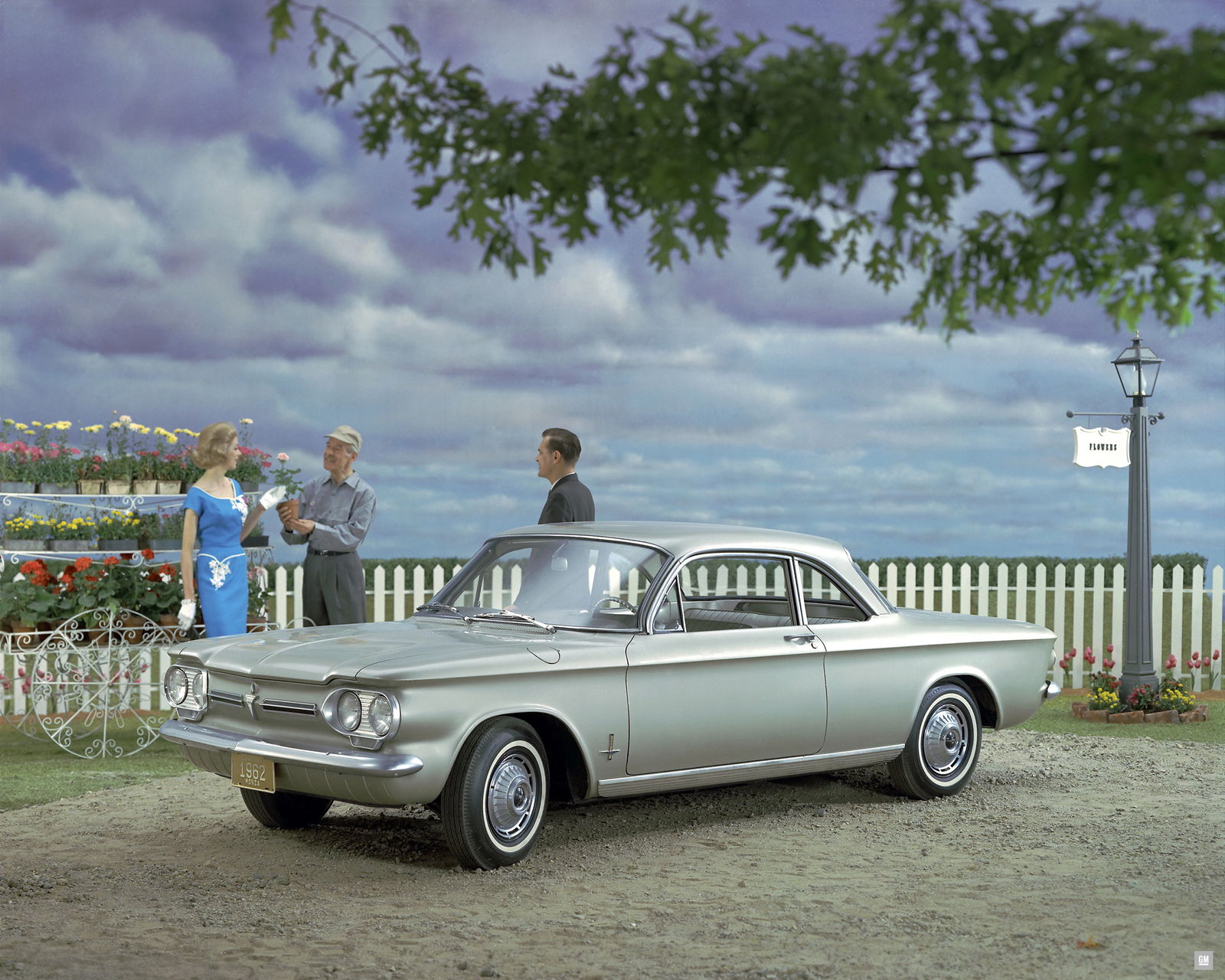
This is a shame because the Corvair is a fascinating, beautiful car. With its rear-mounted flat-six, it was like nothing else being made in America at the time, and it was innovative, too. Introduced in 1962, the Monza version was the second-ever turbocharged production car, beaten by a few months by the brilliantly named Oldsmobile Jetfire.
So, an air-cooled, rear-engined coupe with a turbocharged flat-six. Is it just us, or did Chevrolet accidentally invent the Porsche 911 Turbo over a decade early?
Toyota Sports 800
Gran Turismo 4 players will recognise this one. Before the Supra, before the MR2, and even before the 2000GT, the Sports 800 of 1965 was Toyota’s first crack at a sports car. Okay, ‘sports’ is relative - it was powered by a 790cc flat-twin making 45bhp.
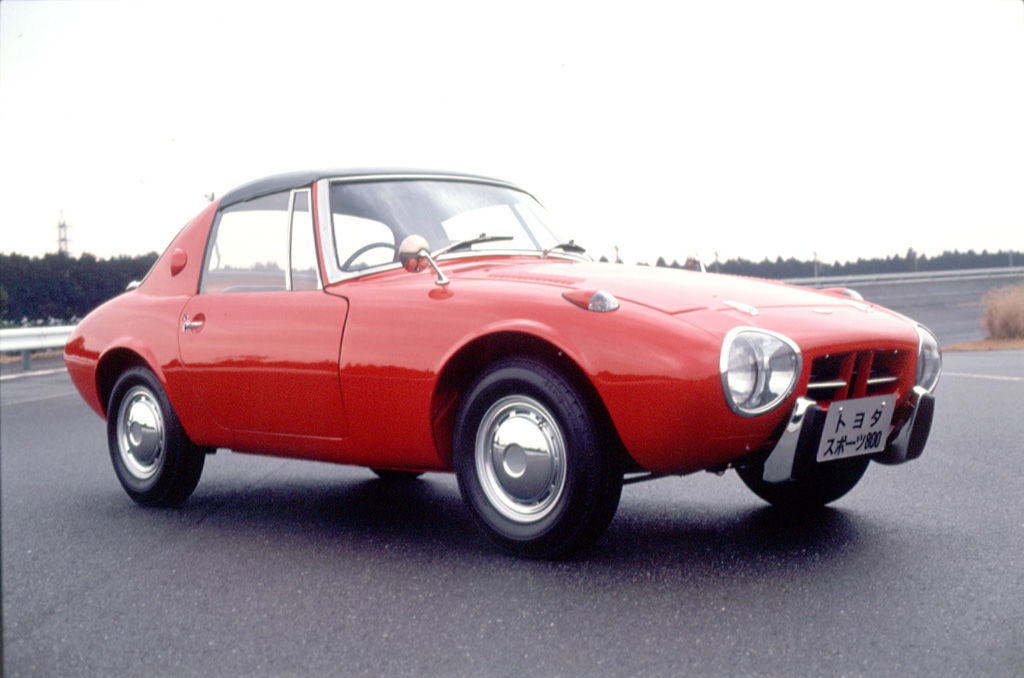
To be fair, it only weighed 580kg, so could nearly do 100mph. With a Targa top, four-speed manual and front-engined, rear-drive layout, it was an archetypal roadster. With its tiny engine and weight, it was also fuel efficient, which played into its hands in motorsport: at the inaugural Fuji 24 Hours in 1967, a Sports 800 helped Toyota to a podium lockout, finishing third behind a pair of much more powerful 2000GTs.
3,131 Sports 800s were built between 1965 and 1969, and those that remain are now highly cherished classics.
Citroen GS
After Porsche and VW, Citroen was probably the third-biggest proponent of the air-cooled engine. There’s a lot to choose from, but we’re going with the GS because despite being a small family car, it was possibly the most… Citroen-y of its air-cooled machines.
Introduced in 1970, just look at it next to its rivals of the time: the Mk1 Ford Escort, the Vauxhall Viva, the Morris Marina… the Golf didn’t even exist at this point, and Citroen brought something along that was vastly different and more interesting than anything else in its class.
To be honest, this one’s cheating a little, because the air-cooling is incidental to what really made the GS great. The interior was a blend of space-age futurism and timeless French style with a dash of Citroen madness, and its self-levelling hydropneumatic suspension meant it could pull the classic Citroen party trick of driving along with one of the rear wheels removed. Oh, and listen up, Wankel fans: in addition to the range of air-cooled flat-fours, there was also a short-lived rotary version of the GS.
MTX Tatra V8
Czech manufacturer Tatra produced a long line of streamlined four-door saloon cars powered by rear-mounted, air-cooled V8s that ran from 1934 all the way to 1999. They were all, in themselves, utterly mad and deeply fascinating, but we’re not focusing on any of them here.
Rather, we’re looking at something else that was powered by one of Tatra’s air-cooled V8s. Metalex - MTX for short - is a company based in Prague which started out in 1969 repairing rally cars and building single-seater racers in what was then communist Czechoslovakia. After communism fell in the country, MTX decided to really flex its muscles and build a supercar.
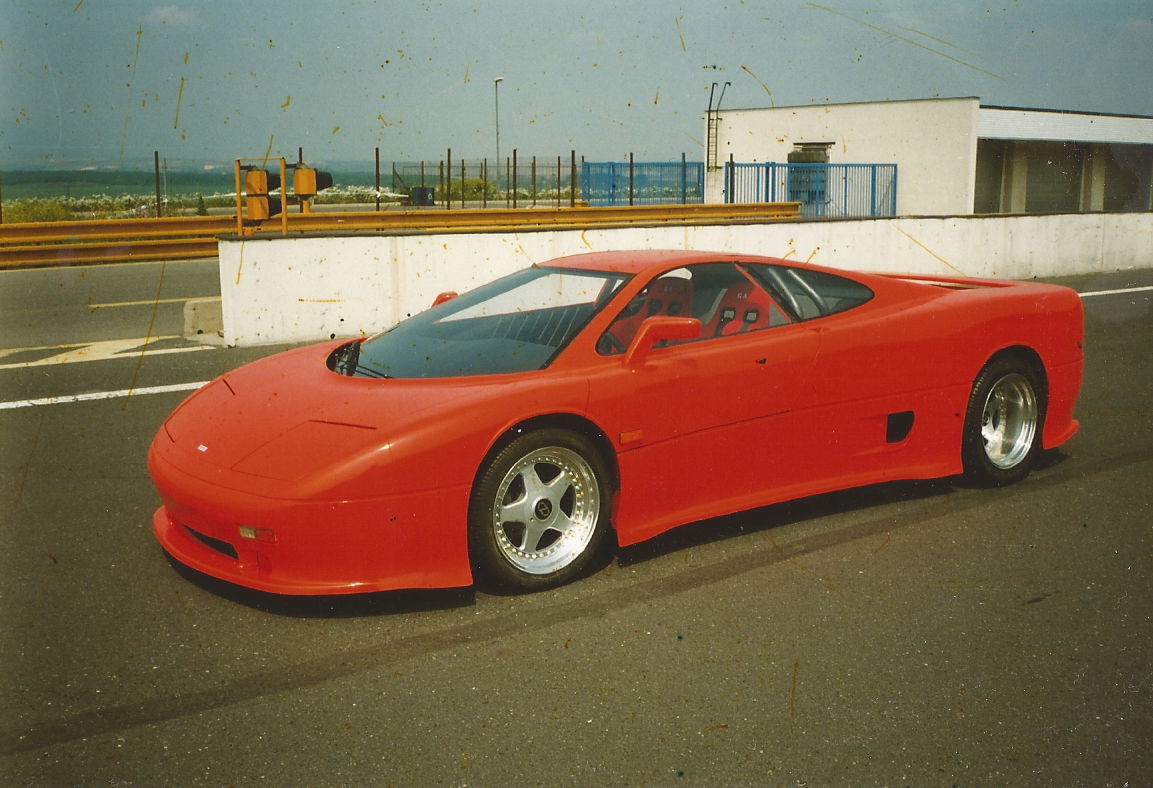
The result was this, the MTX Tatra V8. Using a mid-mounted, 3.9-litre V8 derived from the one in the Tatra 613 saloon, it had all the supercar hallmarks of the time. Scissor doors? Check. Pop-up headlights? Check. Power? 302bhp, which was more than the Ferrari 348 was making at the time.
It was unveiled in 1991, and MTX apparently racked up around 200 orders, but sadly, a fire destroyed the planned production facility when only three full prototypes had been made, leaving the car as one of the great automotive ‘what-ifs’.
Image: Miloš700, CC BY-SA 3.0
BMW 700 RS
It’s hard to imagine now, but in the late 1950s, BMW was on the edge of ruin. Its fortunes were turned around by the introduction of the 700 in 1959, a little car powered by an equally little 697cc air-cooled flat-twin. It sat handily between the bubble cars and the big luxury cars the company was making at the time.
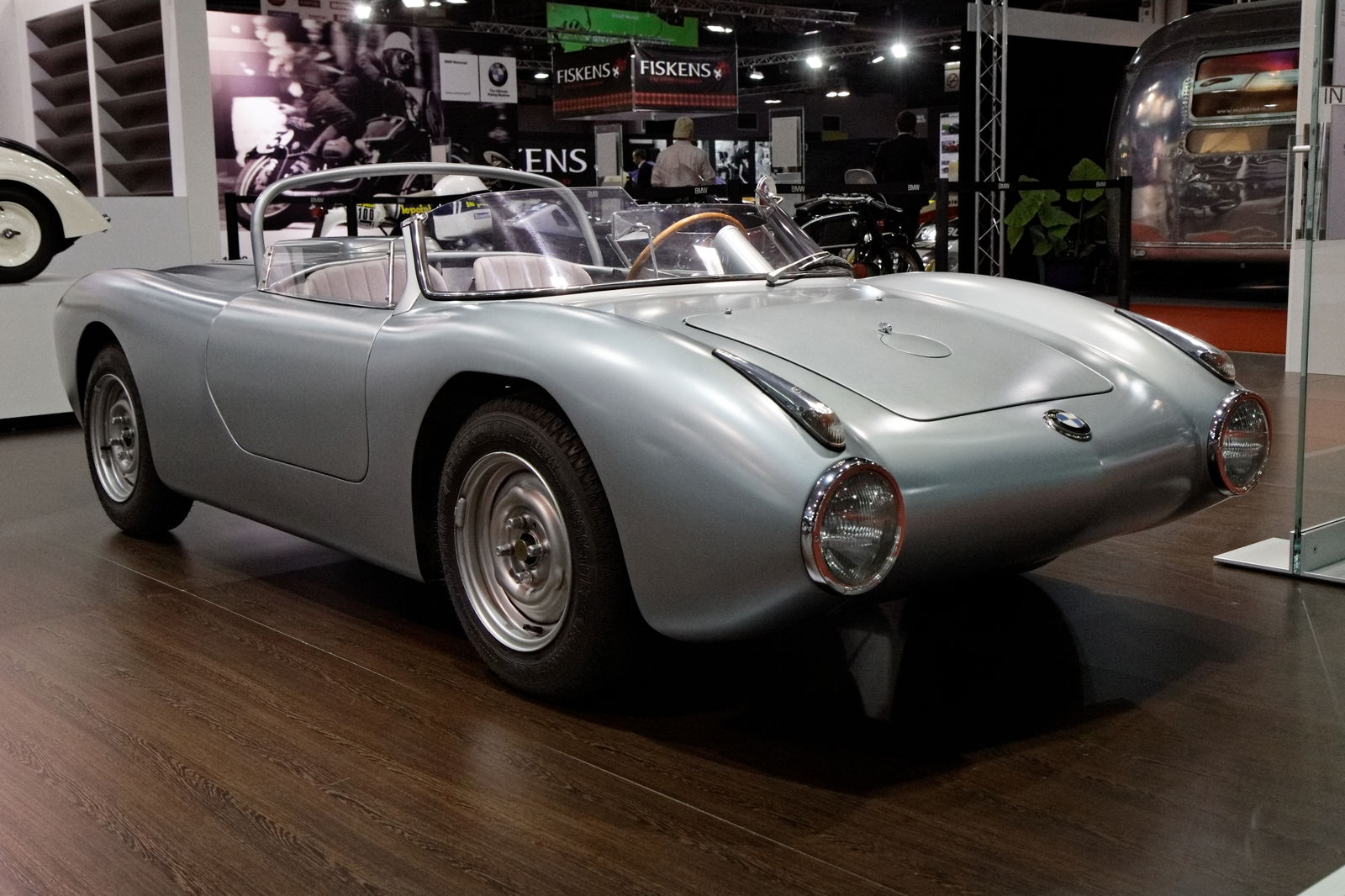
It’s an interesting and rather pretty little car in its own right, but we’re more interested in the RS version. This was a tiny open-topped racer - think Porsche 550 Spyder but somehow even smaller. With a tweaked engine pushing out 70bhp and a weight of 550kg, it was knocking out 127bhp per tonne, so it was a nimble little number despite its diminutive motor.
Just two 700RS were made, but they both saw racing success, especially in hillclimb events. One chassis is now owned by BMW while the other is in private hands.
Image: Thesupermat, CC BY-SA 3.0
Honda RA302
We end on a sad note, but we couldn’t not put (to our knowledge) history’s only air-cooled Formula 1 car on the list. The Honda RA302, introduced mid-way through the 1968 F1 season, had real potential, with its unique 3.0-litre air-cooled V8 making around 430bhp in a sub-half-tonne chassis - figures that were a comfortable match for water-cooled rivals. Honda had kept weight down with an innovative magnesium-skinned chassis.
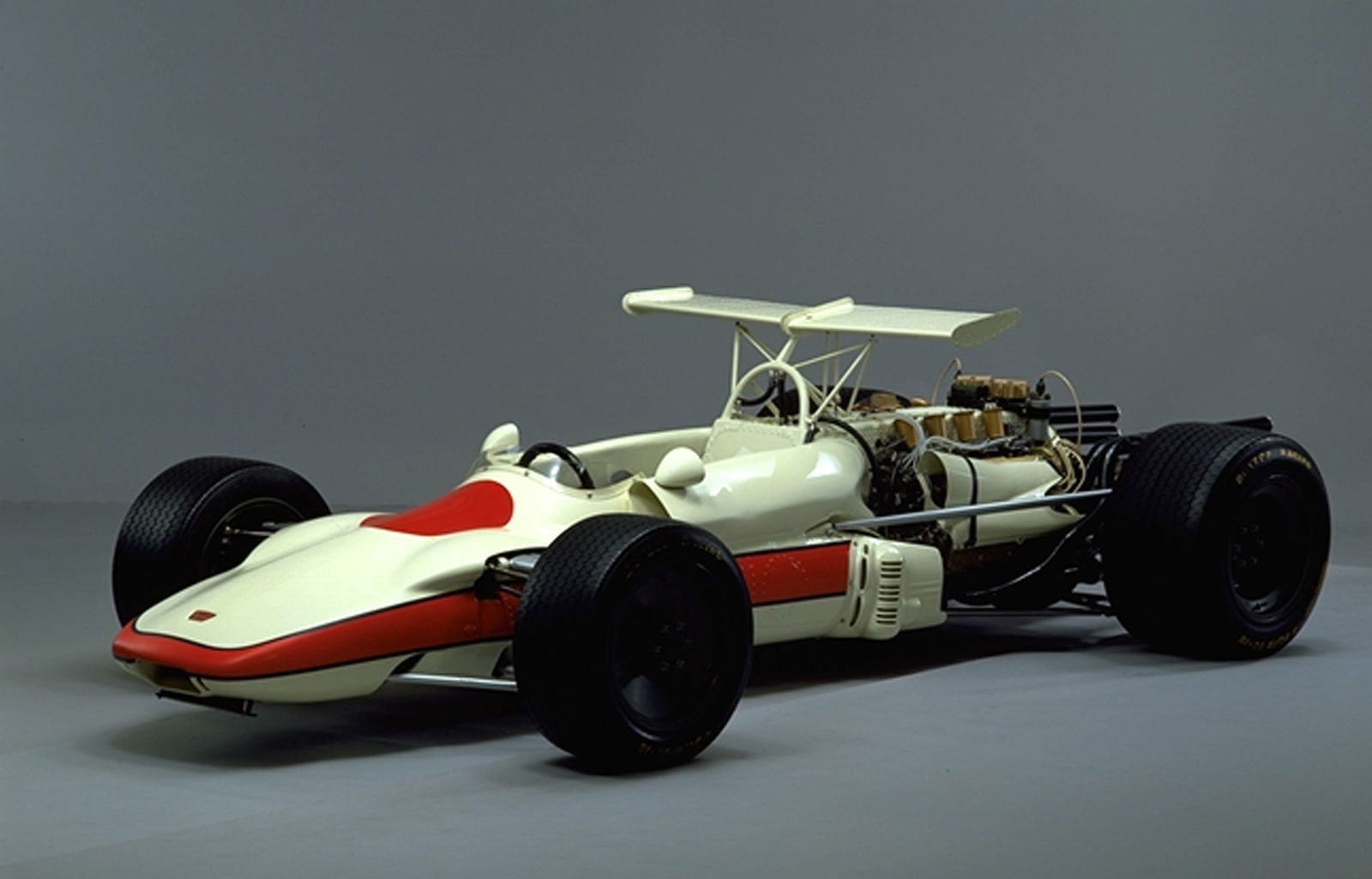
However, Honda driver John Surtees came away from a test at Silverstone complaining that the car was difficult, potentially even dangerous, to drive. He refused to drive it at its debut race, the 1968 French Grand Prix at Rouen, and so popular French driver Jo Schlesser was brought in instead.
Sadly, Schlesser would lose control on the third lap, sliding into a grass bank and overturning. Magnesium is a highly flammable metal, and when the fuel ignited in the crash, the chassis went up instantly and burnt fiercely. Schlesser didn’t survive. While a second RA302 was built, it never ran, with Surtees flat out refusing to get behind the wheel. Honda pulled out of the sport at the end of 1968, and the RA302 was left as a fascinating but tragic footnote in F1 history.
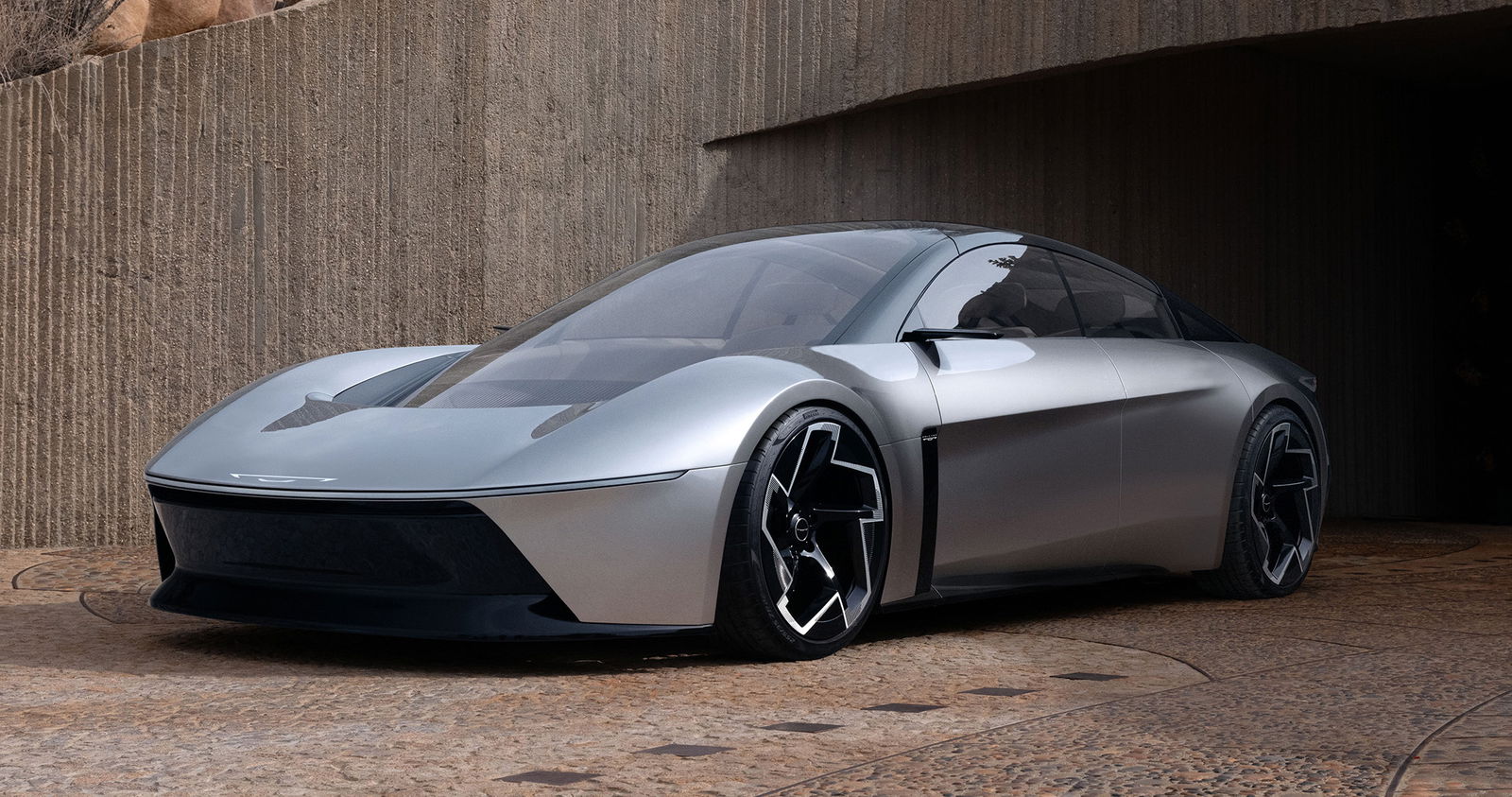


Comments